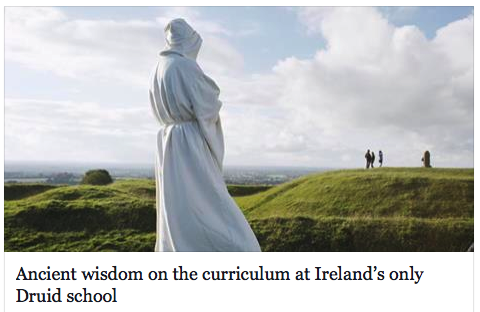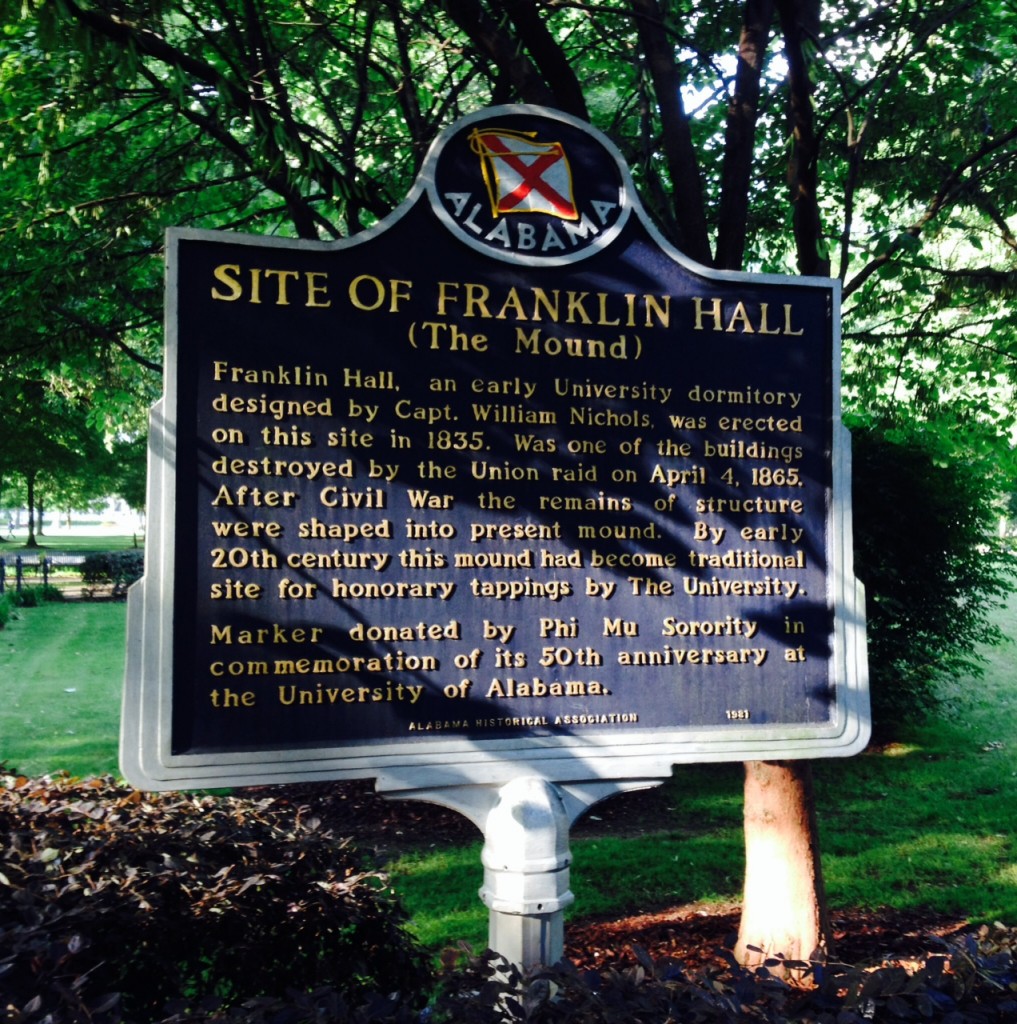 As I’m sure we’ve all heard by now, Kim Kardashian’s backside, displayed for the world’s consumption and viewing pleasure (or not) on the front cover of Paper Magazine, “broke the Internet” just a short while ago and has since caused a flurry of debate, shock, praise, and disbelief. Add to that a big-booty praise of “#allday” from her beloved husband, Kanye West which received thousands of Retweets. I’ll leave it for those entering into the debate with interests and intentions of conflict management and moral maintenance to weigh in on what Kim’s big ‘ole butt plastered on the Internet for the world to view and deconstruct means for progress, freedom, justice, feminism, America, motherhood, identity politics, women, sexuality, Kanye, blackness, and much, much more. Amazing how a bare ass on a magazine can speak to and says something about such a *****wide***** variety of topics!
As I’m sure we’ve all heard by now, Kim Kardashian’s backside, displayed for the world’s consumption and viewing pleasure (or not) on the front cover of Paper Magazine, “broke the Internet” just a short while ago and has since caused a flurry of debate, shock, praise, and disbelief. Add to that a big-booty praise of “#allday” from her beloved husband, Kanye West which received thousands of Retweets. I’ll leave it for those entering into the debate with interests and intentions of conflict management and moral maintenance to weigh in on what Kim’s big ‘ole butt plastered on the Internet for the world to view and deconstruct means for progress, freedom, justice, feminism, America, motherhood, identity politics, women, sexuality, Kanye, blackness, and much, much more. Amazing how a bare ass on a magazine can speak to and says something about such a *****wide***** variety of topics!
Something more interesting — and fascinating (in my opinion) has caught my attention about the unfolding conversation and ensuing public debate and discourse — that has seemingly little to do with the perceived “object” of study here. I’m more curious about how all of these emerging grand claims to truth (seen in what follows below) sparked by Kim K’s naked badonkadonk are helping it to break the Internet and make possible the Sui Generis booty she (and the world) thinks is so NOT-unique, or, not unique enough to warrant all of the hype. One is not born a big booty, rather, one becomes a big booty, so it seems. We have manufactured the Kardashian booty that we so love to hate and hate to love. Continue reading “Manufacturing Booty: On How We Stake Our Claims”
Why, When I was a Kid…
 The other day I was cruising around the web reading old New York Times pieces and came across one entitled “Does Religion Oppress Women.” As with many things on the web (e.g., the banana slicer for sale at amazom.com), the comments section is the best part. For example:
The other day I was cruising around the web reading old New York Times pieces and came across one entitled “Does Religion Oppress Women.” As with many things on the web (e.g., the banana slicer for sale at amazom.com), the comments section is the best part. For example:
 kaybee’s comment stood out for me because it nicely represents a commonplace strategy — a strategy at home within the academy no less than in comments on the web — of positing a pristine originary moment that, once expressed or shared, is only later corrupted and polluted. It’s a model not unlike the telephone game (problematically known as “Chinese whispers” earlier on), which judges the contemporary against the pure source, and one that we find in the U.S. supreme court (when a justices measure current behaviors by the standard of what the writers of the Constitution intended) as well as in the study of etymology itself (whose own etymology denotes studying the true meaning of a word). Continue reading “Why, When I was a Kid…”
kaybee’s comment stood out for me because it nicely represents a commonplace strategy — a strategy at home within the academy no less than in comments on the web — of positing a pristine originary moment that, once expressed or shared, is only later corrupted and polluted. It’s a model not unlike the telephone game (problematically known as “Chinese whispers” earlier on), which judges the contemporary against the pure source, and one that we find in the U.S. supreme court (when a justices measure current behaviors by the standard of what the writers of the Constitution intended) as well as in the study of etymology itself (whose own etymology denotes studying the true meaning of a word). Continue reading “Why, When I was a Kid…”
Meanwhile, Back at the Trout Farm…

“Entire place used to be a trout farm. Seems like most everything used to be something else, doesn’t it?”
– Yevgeny Nourish, in “eXistenZ” (1999)
We’re All Fans
 Are you a Doctor Who fan? The BBC show’s been on TV for fifty years, with a variety of actors playing the lead, so we now find ourselves at the point where the people involved in the show, the people who write the stories and play the parts, grew up on a steady diet of the Doctor’s time-traveling adventures. Continue reading “We’re All Fans”
Are you a Doctor Who fan? The BBC show’s been on TV for fifty years, with a variety of actors playing the lead, so we now find ourselves at the point where the people involved in the show, the people who write the stories and play the parts, grew up on a steady diet of the Doctor’s time-traveling adventures. Continue reading “We’re All Fans”
Your Turn: Writing a History of Chocolate
 A few of my Facebook friends have shared a video, that, apart from the first reaction, “Oh Wow!”, really got me thinking about history-writing. Continue reading “Your Turn: Writing a History of Chocolate”
A few of my Facebook friends have shared a video, that, apart from the first reaction, “Oh Wow!”, really got me thinking about history-writing. Continue reading “Your Turn: Writing a History of Chocolate”
“My Husband, Some Hot Shot”
 I saw a friend on Facebook post the following story (click the pic to read it):
I saw a friend on Facebook post the following story (click the pic to read it):
 …, along with the following comment:
…, along with the following comment:
Well this is interesting. Ah, and “ancient wisdom” once again rears its questionable head.
Which made me think of this classic commercial from the 1970s:
I’m not sure if there could be a better way to start thinking about the rhetorical uses in the present of the discourse on the past than this commercial — for, if you ask me, this is what’s going on every time you hear the discourse on origins or antiquity being used.
Coz there’s always some hot shot trying to sell something. And sometimes, if we make it sound dusty and yellowed in just the right way, there’s always someone willing to buy it.

Staking a Claim

Check out NPR’s latest bit from their code switch blog on what’s been termed “Columbusing,” or claiming originality for something that’s been around for a while, just in a context different from one’s own. Continue reading “Staking a Claim”
It Makes a World of Difference
 We’ve got a well-known sacred spot at the University of Alabama. No, not our famed football stadium but, instead, where relics are buried from an earlier version of campus, the time of origins when the ancestors walked the earth — back when it was burned down by Union troops coming through Tuscaloosa, on April 4, 1865, within just days of the Confederacy’s famed General Robert E. Lee’s surrender to the Union’s equally famed General Ulysses S. Grant, at the Appomattox county court house, in central Virgina. Continue reading “It Makes a World of Difference”
We’ve got a well-known sacred spot at the University of Alabama. No, not our famed football stadium but, instead, where relics are buried from an earlier version of campus, the time of origins when the ancestors walked the earth — back when it was burned down by Union troops coming through Tuscaloosa, on April 4, 1865, within just days of the Confederacy’s famed General Robert E. Lee’s surrender to the Union’s equally famed General Ulysses S. Grant, at the Appomattox county court house, in central Virgina. Continue reading “It Makes a World of Difference”
A Seductive Tale of Origins

A recent article by historian Randall Balmer making the rounds of social media presents a useful, and for some seductive, counterpoint to the standard narrative of the Culture Wars and abortion. The gist of the article is the unmasking of the ideological interests generating the opposition to abortion, particularly the fear of interference in segregated private religious schools in the aftermath of public school desegregation. Whatever an individual’s feelings about abortion or the role of conservative religious groups in contemporary politics, the article’s title, “The Real Origins of the Religious Right,” alone should give one pause, based on the critiques of rhetoric that we have been presenting at Culture on the Edge. The language of “real origins” suggests the construction of a narrative to promote a particular vision of the world, not simply a description of what happened. The line following the title doubles down on this. “They’ll tell you it was abortion. Sorry, the historical record’s clear: It was segregation.” Continue reading “A Seductive Tale of Origins”
Who Are You? I’m a Miser

“Who Are You?” is an ongoing series that asks members of Culture on the Edge to reflect on one of their own many identities (whether national, gendered, racial, familial, etc.), theorizing at the same time the self-identification that they each chose to discuss.
Well, I prefer the adjectives thrifty or sensible, actually, but not everyone agrees. When people observe my spending habits, such as infrequently eating at restaurants and preferring to shop at thrift stores, some may decide that the negative connotation of the classic images of Ebeneezer Scrooge and labels like tightwad and penny-pincher are appropriate. Even with an agreed-upon characteristic, the tension between self-selected labels and ascribed identities remains, with various normative values embedded within those selections. Continue reading “Who Are You? I’m a Miser”
